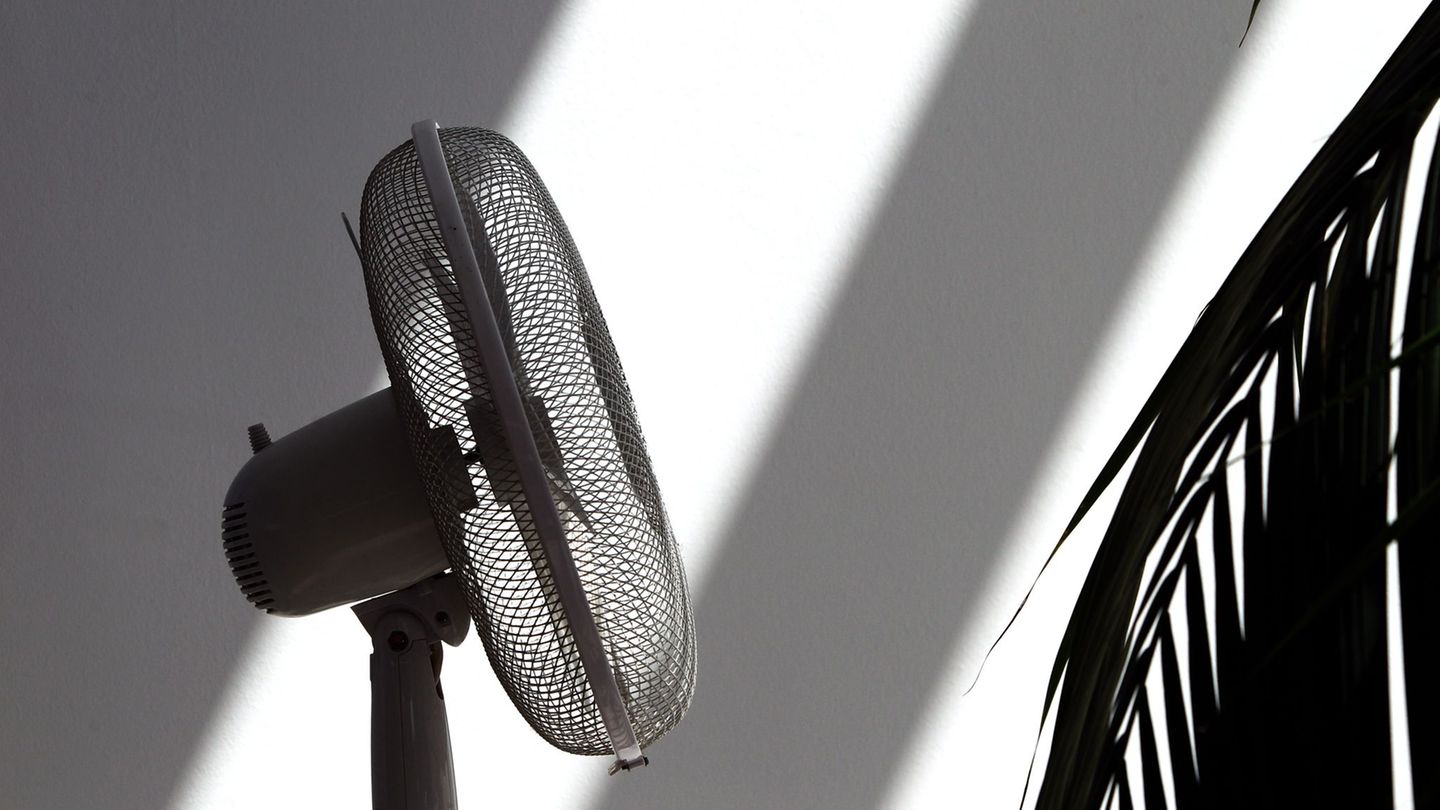This is a survey carried out by the IARAF. The work raises the need to generate countercyclical funds to use in times of declines in activity.
The recent economic history of Argentina reflects the lack of adherence to fiscal discipline that successive governments have had, without distinction of parties, including military dictatorships that were generally associated with liberal policies. An investigation of Argentine Institute of Fiscal Analysis (IARAF) suggests that in the last 62 years, only six years has the country been able to have a healthy fiscal front..
The content you want to access is exclusive to subscribers.
Adding primary spending and debt services, only between 2003 and 2008that is, during the government of Néstor Kirchner and part of the mandate of Cristina Fernández, there was a fiscal surplus. If only primary spending is taken, a period between 1991 and 1993 can be added to the above, when Carlos Menem and Domingo Cavallo launched convertibility; another in 1997 and 1998, with Roque Fernández as Minister of Economy, one in 2000, with the bankruptcy of convertibility during the government of Fernando de la Rúa, and another in 2009, in the first year of CFK’s second term.


The data appears in a report carried out by the IARAF called “A history of recurrent fiscal deficits in Argentina.” There it is detailed that between 1961 and 2022 there were only 14 years with primary fiscal surplus and 48 with red before interest payments. Including debt services, there were 56 years with accounts completely unbalanced.
“The generation of fiscal rules and instruments is extremely important to face economic cycles and their effects under better conditions,” says the IARAF. The report indicates that “with these objectives in mind, the idea of having ‘stabilizing funds’ that function by constraining public administrations to accumulate resources in expansion phases of the economy and that allow these resources to be available in periods of crisis.”
The IARAF indicates that “having fiscal balance promotes the autonomy of monetary policy” Therefore, it maintains that “the design of the latter should not be carried out based on the necessary financing implied by the existence of a fiscal deficit.” “Therefore, fiscal balance is a relevant factor for economic stability. Low and predictable inflation is vital for decision-making by all economic agents in an economy. Mainly for long-term investment decisions, which constitute the pillar of a sustained economic development process,” the study warns.
Most analysts predict that the government that emerges from the November 19 runoff will have no other path than to apply a strong correction to the prevailing imbalance. Some point out that it could be between 3 and 4 points of GDP. As recently noted Sergio Massa, his idea is to go towards a surplus of 1% of GDP in 2024. To achieve this, it proposes a combination of reducing expenses with an increase in tax revenue through the elimination of exemptions and special regimes, and the addition of new taxes.
“If Massa wins he will have to be more orthodox than expected. If not, there is a risk that inflation will be higher and that is where the scheme becomes complicated.”said economist Amilcar Collante during a talk organized by the Argentine School of Personal Finance (EAFP).
Nadín Argañaraz, head of IARAF, suggests that what is relevant for the discussion that is coming after the presidential elections is the relative weight of spending and income in relation to GDP. From 2018 to date, the weight of public sector income has been 18%. “This issue is central and means that, if the next president wants to have primary balance without making tax reforms, the relative weight of spending cannot be greater than 18% of GDP,” said Argañaraz.
Source: Ambito




